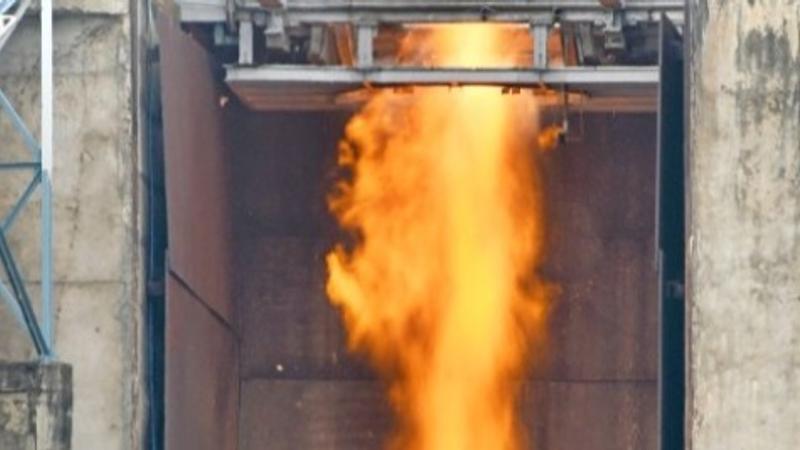Published 15:00 IST, December 12th 2024
ISRO’s C20 Cryogenic Engine Successfully Passes Critical Test with Restart System
The C20 cryogenic engine, designed for future space missions, has successfully passed a critical test under ambient conditions.

Bengaluru: ISRO on Thursday said it has achieved a major milestone after its C20 cryogenic engine passed a critical test in ambient condition, featuring restart enabling systems.
The C20 cryogenic engine, designed for future space missions, has successfully passed a critical test under ambient conditions. This engine features a restart enabling system, marking an important step toward advanced space capabilities.
According to ISRO, this success was a vital step for future missions.
"ISRO has successfully carried out the sea level hot test of its CE20 Cryogenic Engine featuring a nozzle area ratio of 100 at ISRO Propulsion Complex, Mahendragiri, Tamil Nadu on November 29," the Indian space agency said in a statement.
According to ISRO, the test is a crucial development for future missions requiring engine restarts in space, such as those involving complex orbital maneuvers or multi-satellite launches. The ability to restart engines mid-mission expands the flexibility and scope of ISRO’s space operations.
The indigenous CE20 cryogenic engine developed by the Liquid Propulsion Systems Centre is powering the upper stage of the Launch Vehicle Mark-3 (LVM-3) and has been qualified to operate at a thrust level of 19 tonne, ISRO explained.
It said that this engine has successfully powered the upper stage of six LVM3 missions so far.
"Recently, the engine was qualified for the Gaganyaan mission with a thrust level of 20 tonne and also to an uprated thrust level of 22 tonne for the future C32 stage, towards enhancing the payload capability of LVM3 launch vehicle," ISRO said.
Gaganyaan is ISRO’s first manned mission.
According to the space agency, the performance of a multi-element igniter that is required for engine restart capability was also demonstrated during this test.
"Testing the CE20 engine at sea level poses considerable challenges, primarily due to the high area ratio nozzle which has an exit pressure of approximately 50 mbar," it said.
Millibar is a unit to measure atmospheric pressure and is commonly used in meteorology.
The C20 engine, known for its high efficiency and reliability, is a critical component of ISRO’s cryogenic upper stage technology. Cryogenic engines use supercooled liquid fuels, making them suitable for high-energy requirements in space missions.
This latest achievement highlights ISRO’s dedication to advancing its space technologies and enhancing its capabilities for ambitious future projects. With the successful completion of this test, ISRO is another step closer to realizing its vision of pushing the boundaries of space exploration.
Updated 17:15 IST, December 12th 2024



